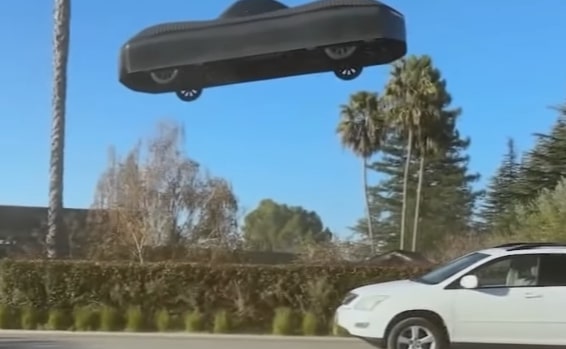The Battle in the Skies: Flying Cars vs. Drone Taxis
The Aviation Revolution: Flying Cars vs. Drone Taxis
As we've crossed the threshold into an era of personal aviation innovation, the skies turn into the newest battleground for futuristic transportation. Both flying cars and drone taxis have embarked on their journey, attracting significant public and commercial interest. Cities like Dubai and the UAE are at the forefront, actively deploying these technologies to provide new transportation options.

The Rise of Drone Taxis
With the inaugural deployments in Dubai, drone taxis have rapidly gained attention for their potential to revolutionize urban transport. These autonomous aerial vehicles offer a glimpse into a future of reduced traffic congestion and shorter commutes.
- Autonomous technology for seamless travel without a hitch.
- Ability to circumvent traditional traffic patterns.
- Utilization of sustainable energy sources for a green future.
The Allure of Flying Cars
Despite the drone taxi phenomenon, the notion of personal, pilotable flying cars continues to captivate imaginations. The advent of electric vertical take-off and landing (eVTOL) vehicles is a beacon of promise for this vision.
"The idea of flying cars is as old as the automotive industry itself, but with current technology, we are closer than ever to making it a reality." - A noted automation industry CEO.
Major companies strive to democratize urban air mobility, with projects ranging from compact personal vehicles to more practical family-sized options.
Impact on Urban Infrastructure
Both technologies promise significant implications for urban planning. The reliance on existing infrastructure with minor adaptations for drone taxis contrasts with the necessity of specialized facilities for flying cars.
Drone taxis could utilize current heliport setups, whereas flying cars demand bespoke flight corridors and parking solutions.
The Road Ahead: Paving the Way for the Future
Looking beyond novelty, determining the ultimate winner between flying cars and drone taxis lies in one fundamental question: Which technology will consumers embrace more enthusiastically? This ongoing saga certainly piques the curiosity of tech enthusiasts and urban planners alike.
As quoted from a recent CNBC article on the future of transportation, "The determination of how we fly might be shaped more by regulatory landscapes than technology itself."
For further reading on urban air mobility, the NASA Urban Air Mobility initiative provides fascinating insights and future possibilities.
